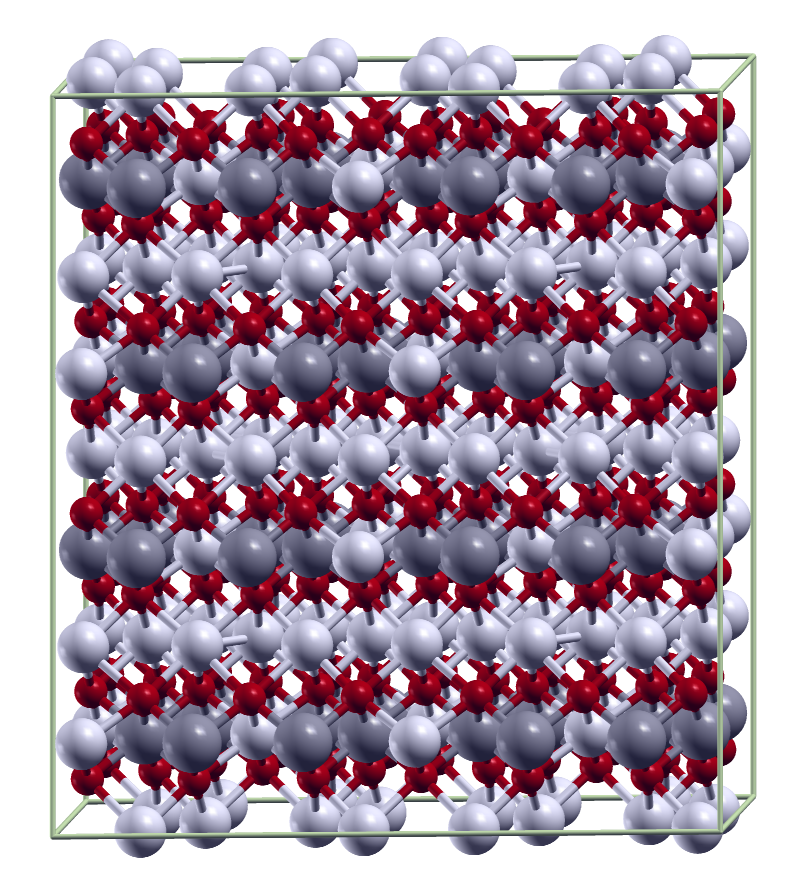
Submitted by Dr Nalin Patel on Thu, 10/04/2014 - 12:57
A collaboration between Samuel Murphy, at Imperial College London, and Winton Advanced Research Fellow Nicholas Hine, at the Cavendish Laboratory, has investigated the properties of defects in Lithium Metatitanate, Li2TiO3. Li2TiO3 has several promising applications relating to energy materials, including as a cathode material in lithium ion batteries, as a breeder blanket material for a future nuclear fusion reactors, and as a microwave dielectric.
These applications all depend crucially on the properties and concentrations of point defects in Li2TiO3. In a battery, it is diffusion of lithium ions through the structure that allows the battery to store and release energy. In a blanket material for fusion reactors, a high density of lithium is required to enable capture of neutrons followed by transmutation to tritium, followed by accommodation of a reduction of this excess as the transmuted tritium escapes. Incorporation of a high degree of deviation from the ideal Li2TiO3 stoichiometry, without inducing a change of phase which could damage the mechanical properties, is therefore crucial in both cases.
Murphy and Hine have used first-principles quantum mechanical simulations based on density functional theory to determine the formation energies and concentrations of a range of point defects in Li2TiO3, utilising novel schemes reduce finite-size interactions between charged defects and to determine the electron chemical potential at which charge neutrality is achieved. In this way, they have mapped out how defect concentrations are influenced by the conditions under which the material is formed such as oxygen partial pressure, temperature, and the degree of excess of either Li2O or TiO2 precursors. They have shown that excess Li2O is accommodated mainly by lithium interstitials, with charge compensation either by lithium substituting on to Ti sites or by conduction electrons, depending on the oxygen partial pressure. Such conduction electrons are expected to localize on titanium atoms, reducing them to the Ti3+ charge state (explaining the colour change observed in experiments). By contrast, excess TiO2 will be accommodated by mutually charge-compensating lithium vacancies and titanium on lithium sites.
The results have been published in the ACS journal Chemistry of Materials.

